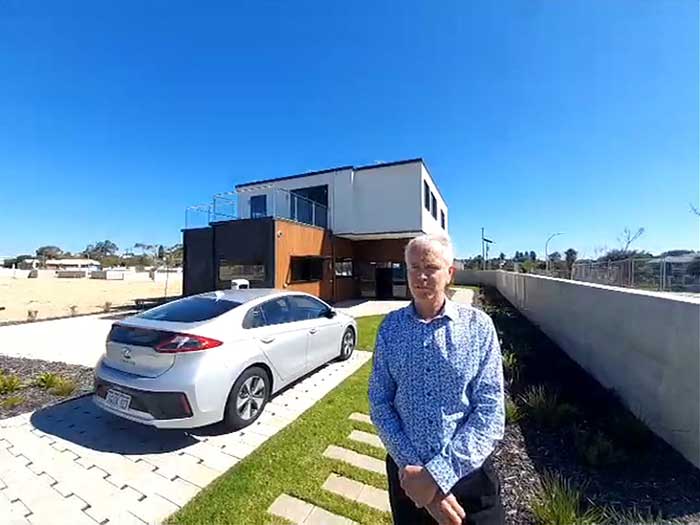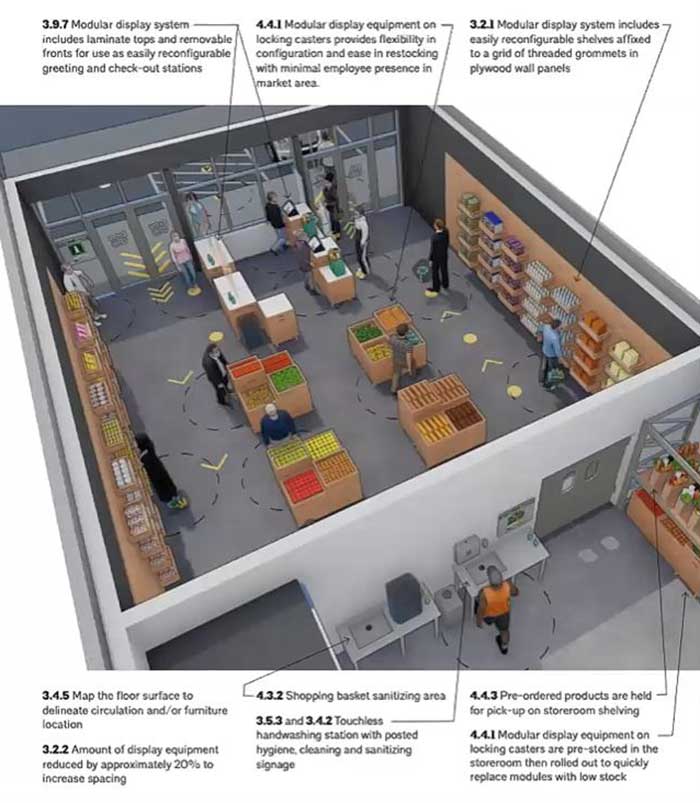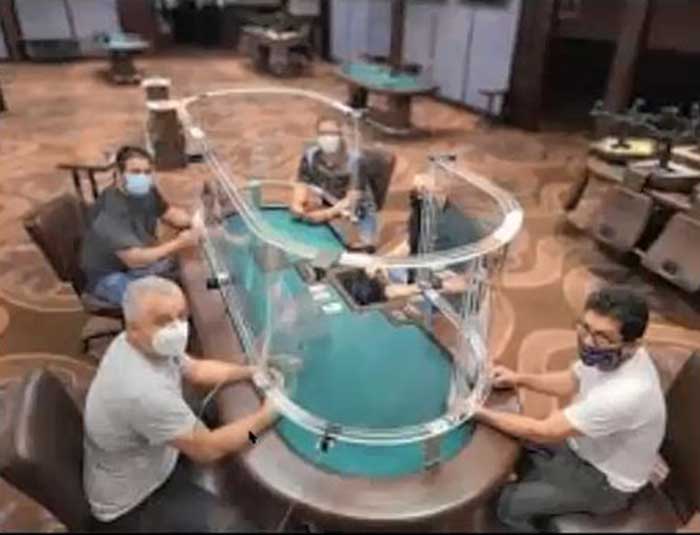Prefab Construction Innovation Seminar Series
CAMP.H hosted another successful webinar on smart and innovative prefab construction series on 27 August with two excellent and well renowned speakers in their fields of endeavour starting with Professor Greg Morrison of Sustainable Cities at Curtin University who specialises in the field of sustainable building with his research over the past decade has focussed on Living Laboratories.
CAMP.H hosted another successful webinar on smart and innovative prefab construction series on 27 August with two excellent and well renowned speakers in their fields of endeavour starting with Professor Greg Morrison of Sustainable Cities at Curtin University who specialises in the field of sustainable building with his research over the past decade has focussed on Living Laboratories.
Greg and his team of PhD researchers namely Timothy O’Grady, PhD Student (L3 ideator and project manager) and Roberto Minunno, PhD Student (L3 ideator) have designed the Legacy Living Laboratory (L3) – a building constructed from sustainable materials. Their presentation was on "A modular Living Laboratory designed for the building industry”.
We are pleased to also have Jose Alfano, Founder and Managing Design Director of Studio Alfano Architects with over 30 years of global experience as one of our two keynotes. Studio Alfano is an interdisciplinary practice focused on Architecture, Urban Design Specialist, Digital Engineering & IT solutions with innovative integrated design outcomes. Jose will be presenting on a highly topical “Building Design and Planning in a post Covid world - Implications and innovation”.
A modular Living Laboratory designed for the building industry
The Legacy Living Lab (L3) is a circular economy building that is designed for disassembly, deconstruction and relocation. Its resilient design focused on introducing as much second-life material into the construction to limit the amount of virgin materials needed to create the project. For example, the buildings structure was created from salvaged heavy gauge steel modules: the 17 tonne steel frames for this project come from a project that went bankrupt, and therefore were originally destined for recycling.
To accommodate future purposes, it features open plan spaces that allow high degree of adaptability and flexibility internally. Research tells us that many people hold modular buildings in lower opinion than traditional buildings when they can see the difference in finishes and where the building lines come together. With L3 these modular-looking aspects are hidden: module connections were disguised through a series of innovative flashings and internal wall and ceiling layouts.
We future proofed the building: adding glazed elevator reveals on the west-side of the building that can easily be removed to make the second floor accessible at a later date with no modifications to walls.
The entire building can be dismantled in 8 modules and relocated to a new site which we have planned in 3 years. This move will not need to be its last however, once it finally reaches its end of life, and must be disposed, most its components can be deconstructed and reused in other buildings. In total, 57% of its mass can be deconstructed and reused, 25% can be recycled, and 18% will need to be disposed at the end of life.
L3 is also a space where industries, university and the society come together to co-create in the field of circular economy and sustainability of the built environment. Therefore L3 will host our 23 industry partners to showcase their innovations and products, researchers and students to enhance their understanding of applied circular economy, and the society to disseminate these innovations and provide useful feedback on how to further innovate. To co-create, the L3 hosts a collaboration space linked with Monash, UQ, Swinburne and UNSW to work in real-time and visualize data in real-time, thanks also to the fast AARnet (Australia’s Academic Research network) internet connection.

Building Design and Planning in a post Covid world - Implications and innovation

Jose Alfano, Founder and Managing Design Director of Studio Alfano Architects with over 30 years of global experience; focused on Architecture, Urban Design Specialist, Digital Engineering & IT solutions with innovative integrated design outcomes. Jose presented on a highly topical "Building Design and Planning in a post Covid world - Implications and innovation"
His interesting presentation encompasses designs on new facilities and infrastructure in the post-Covid building designs, with social distancing rules, limiting people and avoidance of spread chief amongst key considerations moving forward. The architectural planning must align with such scenarios while considering new aspects as isolation, quarantine facilities, new air quality standards and monitoring.
In addition, spaces must be adaptable and adjustable according to the pandemic scenarios so it can be extended to match lock-down rules and should be able to convert into new-uses such as hospitals, quarantine facilities etc.
